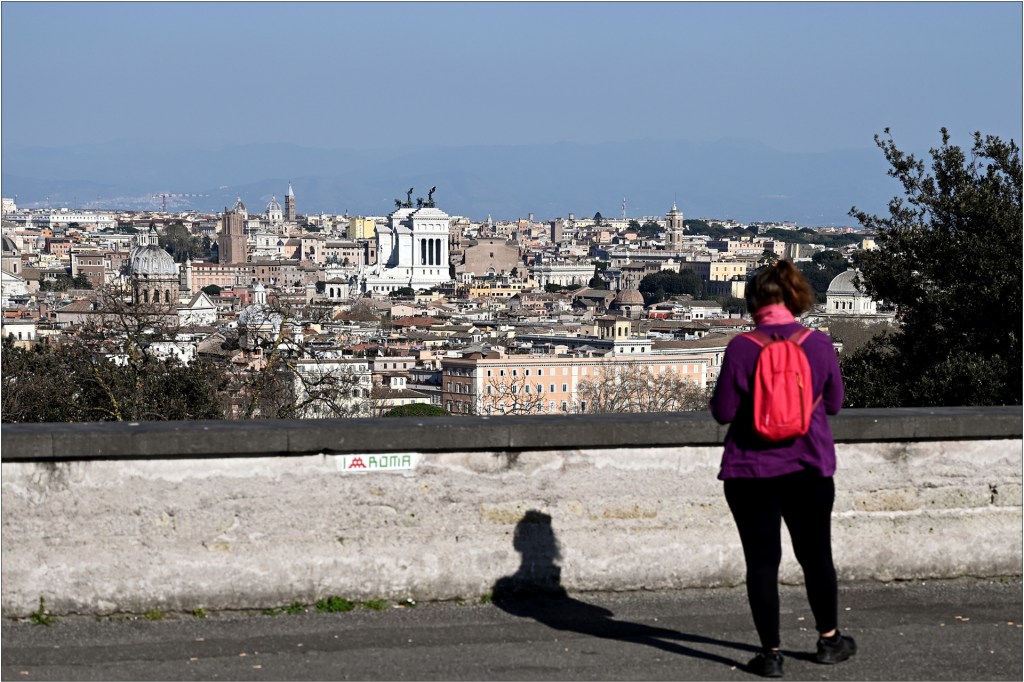Change in the Air

Cities and countries around the world are asking people to stay home to slow the spread of COVID-19. Fewer cars are on the road. Fewer planes are in the sky. Many businesses and factories are closed. So it’s no surprise that air pollution levels have dropped.
Places known for high levels of pollution have seen clear skies. Satellite images show less nitrogen dioxide over China, Italy, South Korea, and other countries affected by COVID-19. Nitrogen dioxide is a gas. It’s released by factories and cars. It’s a source of pollution. It can worsen health problems, such as asthma.
A drop in air pollution is welcome. But experts warn that it won’t last. Pollution levels will rise again when people get back to their normal lives. This has proven true in China, says Lauri Myllyvirta. He works for the Centre for Research on Energy and Clean Air. “Average pollution levels [in China] plummeted in February,” he said in a Twitter post. But the drop was temporary. Pollution returned to its usual levels by the end of March, after many lockdowns in China ended.
Gernot Wagner works at New York University. He says people need to find lasting solutions to air pollution. “The answer to pollution isn’t to stop all activity,” Wagner writes in TIME. “It’s to find ways to live our lives that don’t harm the Earth.”
Stop and Think! Why did TIME for Kids write about the new coronavirus from an environmental perspective? What other aspects of the pandemic would you like to read about?













